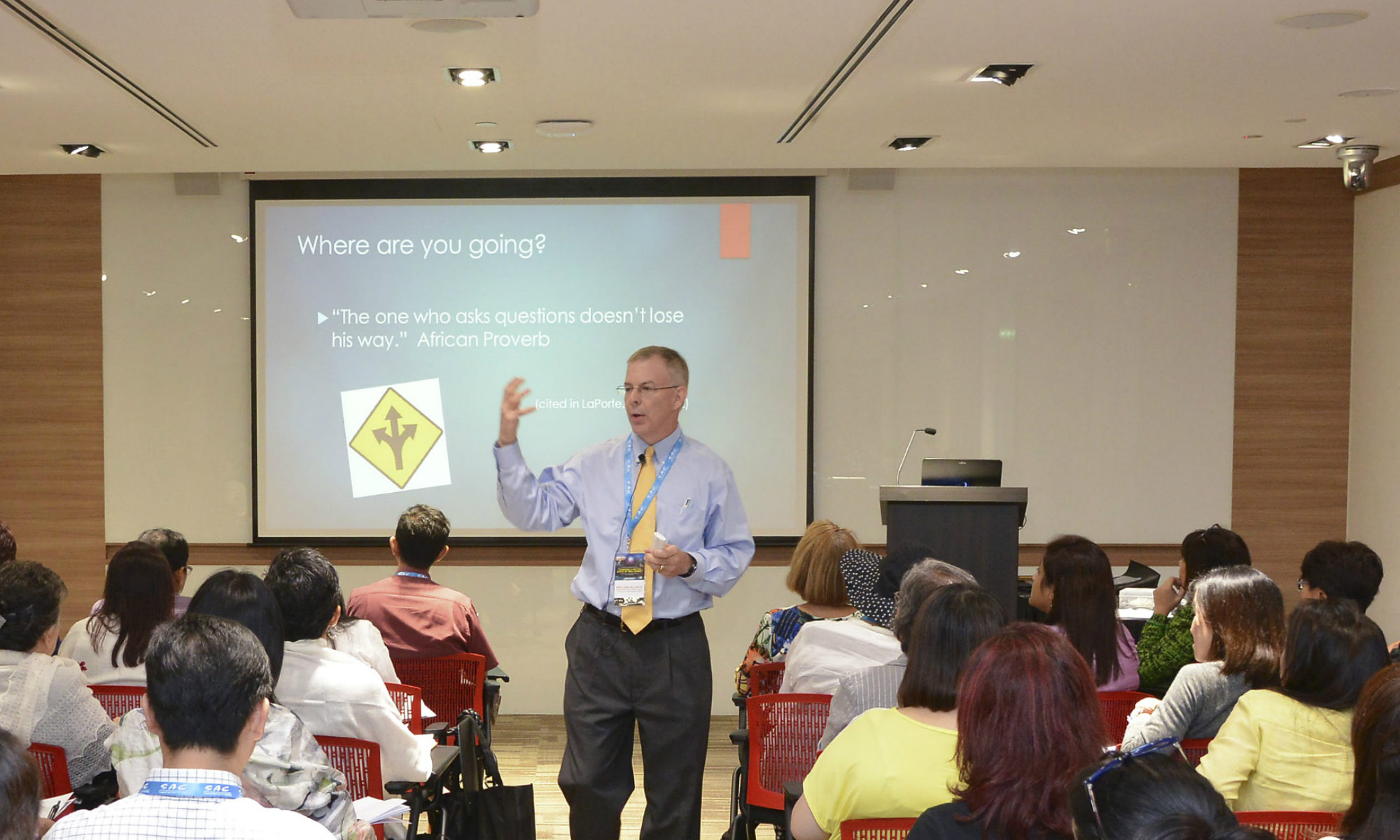Newest blog for Psychology Today: July 24, 2023
National Bad Idea Day?
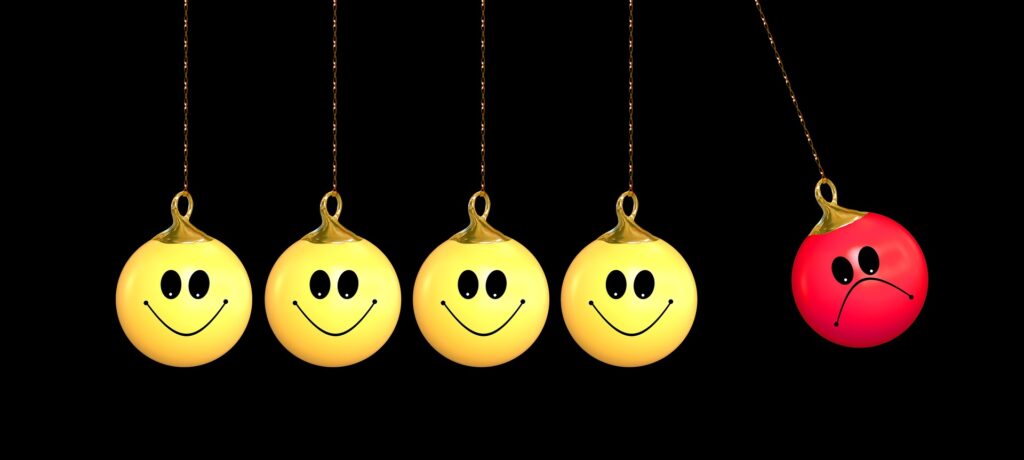
Image: geralt/Pixabay
I searched without success. Yes, I consulted the National Day Calendar, and it wasn’t there.
I’m saddened to tell you that you missed “National Talk Like Shakespeare” Day (April 23). Perhaps that news doth brings warm cheer to your heart. Ironically it was the same exact day as “National Take a Chance Day,” which presented an opportunity for the most reluctant to move out of their comfort zone.
But I couldn’t find it: National Bad Idea Day. I guess that it doesn’t exist.
The closest theme was International Day of Failure, an event sparked by students at Aalto University in Finland who reasoned that honoring failure would help entrepreneurs with their failure phobia and prompt more start-ups in the country. Started in 2010, the Failure Day has mistakenly—er, intentionally—caught on in 17 other countries.
Yet even International Day of Failure doesn’t capture what I was searching for. I’m seeking that day of failures that didn’t morph its way to success.
Take McDonald’s, for instance. In 2014, the restaurant chain tested bubble gum that tasted like broccoli. The idea didn’t sprout, but the rationale behind the attempt was clear. The idea, according to a chief executive at the time, was to encourage healthy eating among kids. However, the young tasters who tried the gum were confused by the taste. Mixing broccoli with gum didn’t match the success of pairing, say, peanut butter and chocolate.
Bad ventures like this need to be saluted in a National Bad Idea Day. I give credit to McDonald’s for some courageous thinking before being stopped by possible young bubble-blowing customers.
Dr. Tina Seelig (2009), the Director Emeritus of the Stanford Technology Ventures Program, described a “worst idea” exercise for classes to show the value of seemingly not-so-great ideas. After settling on a problem troubling a certain industry, such as attracting more customers to a theater, the groups of students develop a best idea and a worst idea for the challenge. To the shock of students, she shreds the collection of “best ideas” before directing them to take the “bad ideas” and transform them into good ideas.
The exercise points to possibilities. In her words, “This exercise is a great way to open your mind to solutions to problems because it demonstrates that most ideas, even if they look silly or stupid on the surface, often have at least a seed of potential” (Seelig, 2009, para. 5).
Planting that broccoli seed may be an invaluable idea in some way, enough so that it is not even mentioned on a National Bad Idea Day.
References:
National Day Calendar. (2023, April 23). What day is it? https://nationaldaycalendar.com/what-day-is-it/
National Today. (n.d.) International Day for Failure–October 13, 2023. https://nationaltoday.com/international-day-for-failure/
Picchi, A. (2014, November 14). Why McDonald’s created bubble gum-flavored broccoli. CBS News. https://www.cbsnews.com/news/why-mcdonalds-created-bubble-gum-flavored-broccoli
Seelig, T. (2009, August 13). The worst—I mean BEST—idea in the world. Psychology Today. https://www.psychologytoday.com/us/blog/creativityrulz/200908/the-worst-i-mean-best-idea-in-the-world
Yuko, E. (2023, February 7). 125 interesting facts about practically everything. Reader’s Digest. https://www.rd.com/list/interesting-facts/
Thanks to Beirut attendees
It was a joy to be with everyone at the workshop on “Creative thinking: Ways to Flourish and Innovate” in Beirut yesterday. Thank you for your positive energy and tremendous participation. My best wishes in creativity thinking are sent to all of you!
Beirut workshop: April 29, 2023
Please feel free to join me in Beirut on Saturday, April 29. More information is attached.
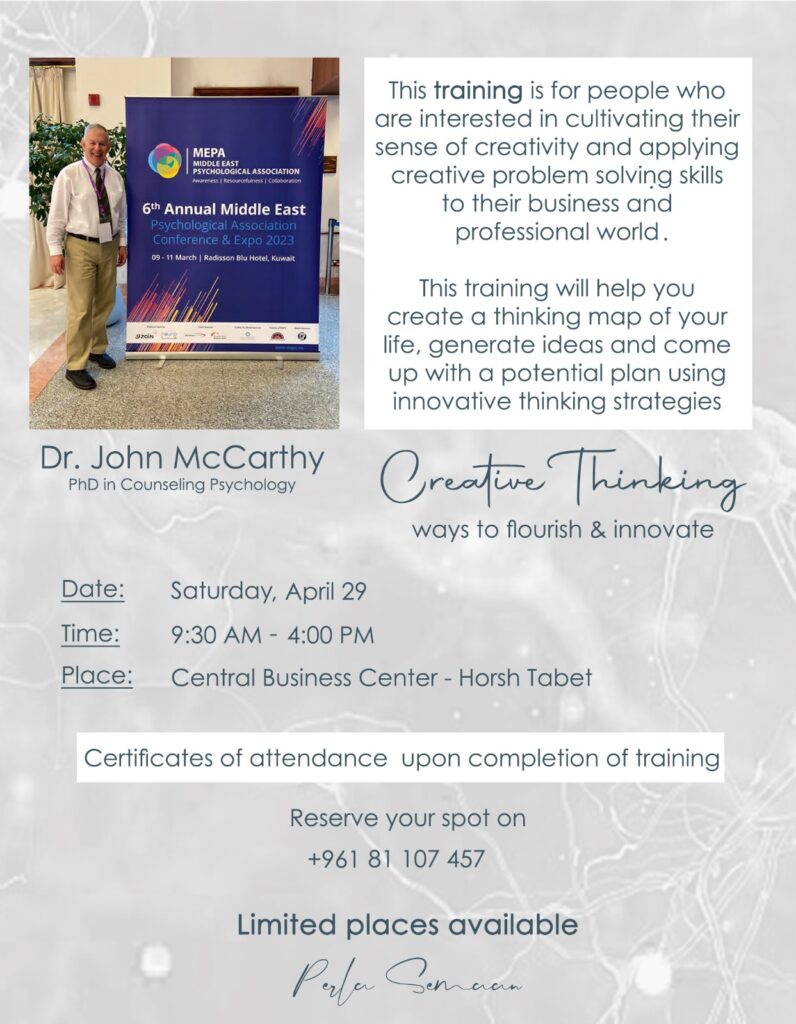
A wonderful quote…
…seen at the Museum of the Future in Dubai on Saturday.
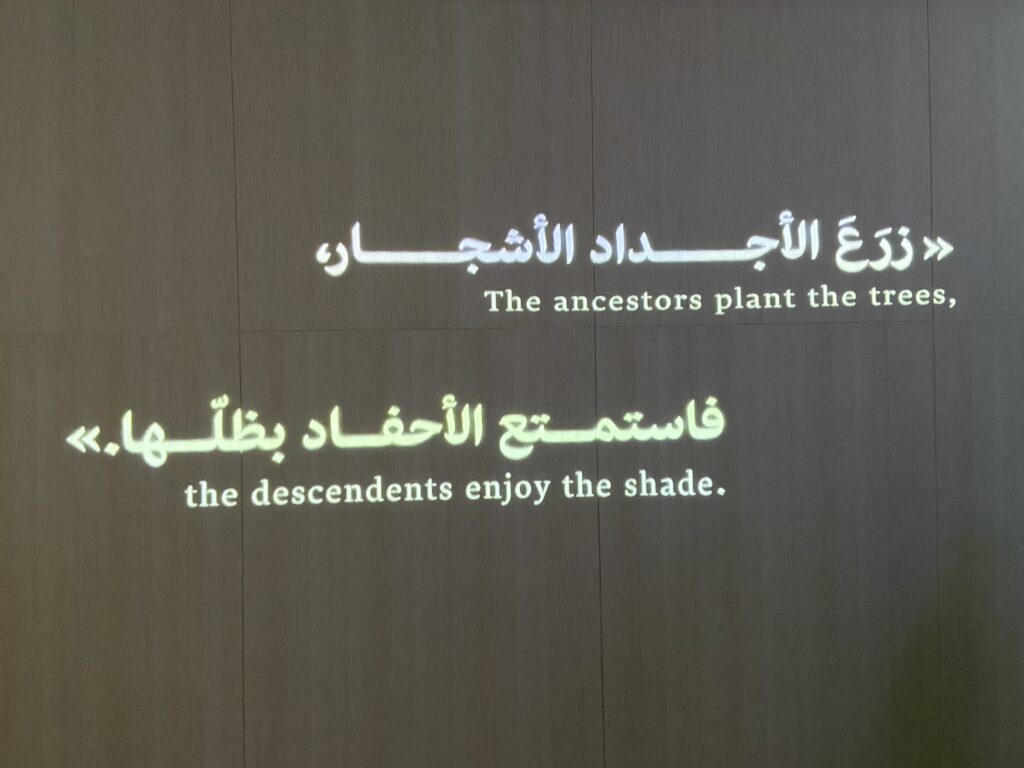
Middle East Psychological Association: 2023 conference
My sincere thanks to Dr. Joanne Hands, president of the Middle East Psychological Association (MEPA), and the organizing team for a tremendous 2023 conference and expo! It was an exceptional event.


Four words
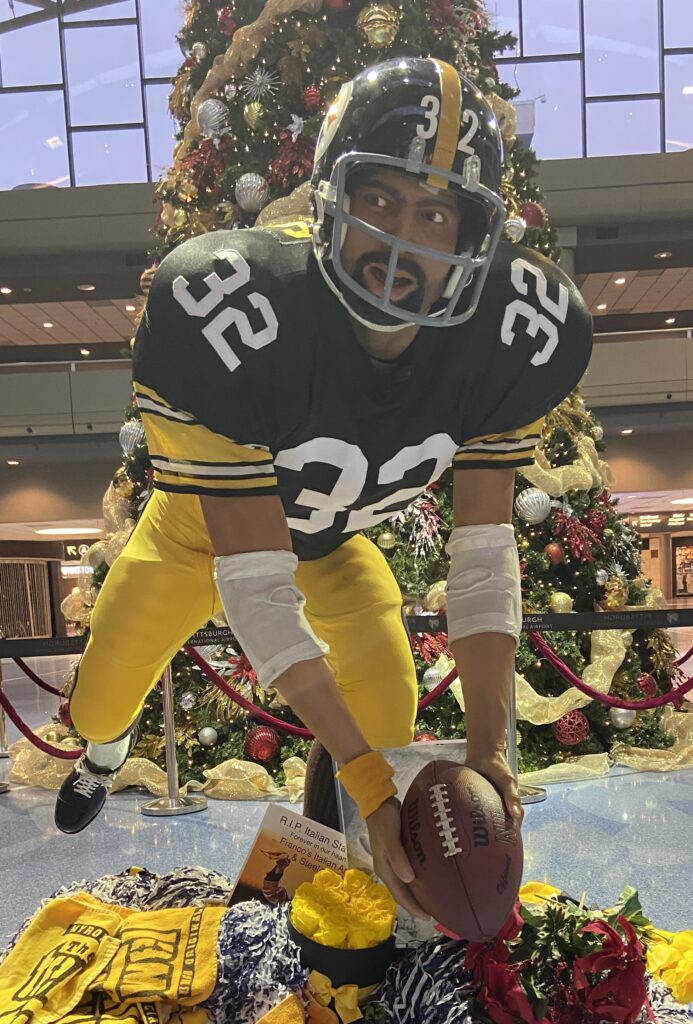
I did not know Franco Harris, the Pittsburgh Steeler icon who passed away on December 20. I had the privilege of meeting him briefly at an event in Pittsburgh about seven years ago. To a kid like me growing up in the 1970s, Harris was a larger-than-life figure and, in person, a most engaging and kind person who was far more than the single football play that he was best known for.
A first-round NFL draft pick in 1972, Harris went from Penn State to becoming a Pro Bowl running back in each of his first nine seasons with the Pittsburgh Steelers. He surpassed 1000 yards in eight of his 13 professional seasons, and his performances were a driving force in the Steelers becoming the premier team of the 1970s. He was inducted into the NFL Hall of Fame in 1990.
Many football fans, however, would quickly associate Harris with one play in his career. On December 23, 1972, Harris scored a game-winning touchdown with seconds left in regulation of a playoff game, a play subsequently known as “The Immaculate Reception.”
The unusual play—one of the most iconic in NFL history—featured Harris grabbing a deflected pass just inches from the turf and outrunning the stunned Oakland Raider defense to the Steeler endzone. In mere seconds Pittsburgh fans went from despondence to pandemonium. The television announcers and viewers throughout the country were in disbelief. The officiating crew was likely in confusion, and the scoreboard operator at Three Rivers Stadium changed the final tally to 13-7 after the extra point was made.
I write about creative thinking and innovation. How, you may wonder, does “The Immaculate Reception” relate to anything of the sort?
Four words: Go to the ball.
Harris’ obituary in The New York Times included a description of “The Immaculate Reception” shared with nfl.com in 2019. After seeing quarterback Terry Bradshaw throw the pass downfield, Harris explained that he thought, “Go to the ball.” It was a phrase instilled from his college coach. “That’s what he always told us in college, but in college I never listened,” Harris said.
This time, however, his instincts followed. Go to the ball. The phrase is reminiscent of National Hockey League great Wayne Gretzky, who credited his father in saying, “Skate to where the puck is going, not where it has been.”
None of the players on the field could have predicted the flight of the pass to Steeler receiver French Fuqua or whether it was going to land or amazingly be caught by Harris. Neither Pittsburgh coach Chuck Noll nor his staff scripted the outcome or possibly could have. Yet, however it is dissected, Harris and his “go-to-the-ball” mindset in the microseconds of the play were an improvisational brilliance resulting in a shoestring catch while never breaking stride in the roughly 45-yard sprint to the endzone.
General Michael Hayden, the former Director of the Central Intelligence Agency who is a Pittsburgh native and avid Steeler fan, weighed in on the play in an NFL Films documentary. “Just think of everything that had to happen just so and almost every one of those ‘just so’s’ had to be unplanned,” he said.
Those “just-so’s” of the 15-second play amounted to a gift of improv magic from Harris to football fans past, present, and future.
“To improvise,” Madson (2005) wrote in Improv Wisdom, “it is essential that we use the present moment efficiently. An instant of distraction…robs us of our investment of what is actually happening” (p. 36).
Harris used the moment flawlessly without a speck of distraction. Perhaps the quote would have made him smile…with rule #1 coming first. Go to the Ball.
References:
Kirby, J. (2014, September 24). Why businesspeople won’t stop using that Gretzky quote. Maclean’s. https://www.macleans.ca/economy/business/why-business-people-wont-stop-using-that-gretzky-quote/
Madson, P. R. (2005). Improv wisdom: Don’t prepare, just show up. Bell Tower.
NFL Films. (2022, December 23). How “The Immaculate Reception” name came to be: A football life. https://www.youtube.com/watch?v=TOlPZ39HnJU
